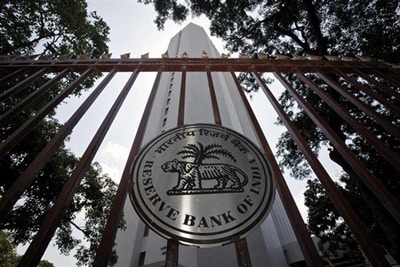Bank credit to the industry contracted on a year-on-year (y-o-y) basis in December for the third straight month, falling 4.3% to Rs 25.79 lakh crore.
Data released by the Reserve Bank of India show that in December 2015, the corresponding figure stood at Rs 26.95 lakh crore, up 4.9% over December 2014.
Retail loans, which have of late been a bigger avenue of business to bankers, recorded their weakest growth in 18 months, growing at just 13.5% to R15.09 lakh crore. In December 2015, loans to individuals had grown 18.5% over the year-ago period.
You may also like to watch:
[jwplayer dF8EFVHd]
Industrial credit has been falling almost consistently since August, recovering briefly to clock a 0.9% growth in September.
Credit deployment in the industry fell across categories – 8.2% in the micro and small segment, 7.9% in the medium segment and 3.5% in large industry.
Bank credit to the industry has been muted for the last couple of years, as lenders turned cautious amid worsening asset quality, while higher-rated corporates chose to raise money from the bond market.

Loans to individuals, on the other hand, had been clocking growth in the mid-to-late teens since May 2015. In December, outstanding on credit cards grew the most – 26% – among all categories of loans to individuals, as the government’s decision to demonetise roughly 86% of the currency in circulation pushed people to digital modes of spending.
Vehicle loans and consumer durable loans grew 18.9% and 16.3%, respectively. Housing loans grew 14.8%, as compared to 18.9% in the year-ago period, as home buyers kept borrowing on hold in anticipation of a demonetisation-induced fall in real estate prices.
While the government has announced a slew of measures in the Budget to boost demand for credit in the affordable housing segment, the outlook for overall credit growth remains uncertain.
Bankers have signalled that fresh rate cuts may not happen anytime soon. Paresh Sukthankar, deputy managing director at HDFC Bank, said on January 24, “The reality is that you’ve already seen a fairly sharp decline in lending rates, including on the wholesale side, because of MCLRs (marginal cost of funds-based lending rates). To that extent, the interest rate cut egging on for borrowing is done. Now, it is pretty much linked to what happens to underlying demand itself.”


